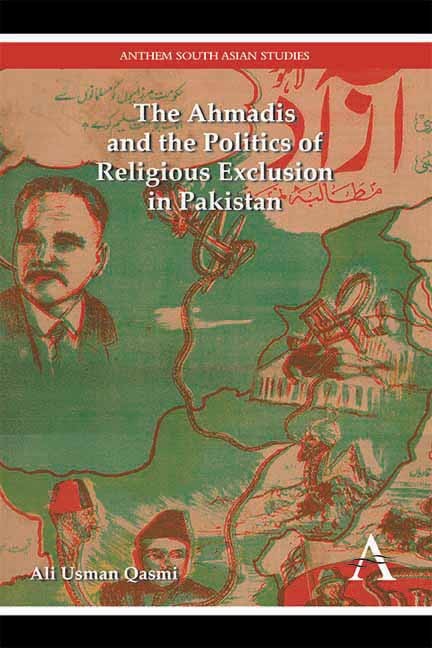Book contents
- Frontmatter
- Contents
- Acknowledgments
- Introduction
- Part I
- Chapter I The Records of the Court of Inquiry and the Munir–Kiyani Report
- Chapter II The Background to Jama'at Ahmadiyyah and the Origins of the Anti-Ahmadi Movement: The Role of Majlis-i-Ahrar and Majlis-i-' Amal
- Chapter III The Political Hierarchy and Administrative Structure of Pakistan: Contextualizing the Events of 1952–53
- Chapter IV Disturbances in Lahore and the Imposition of Martial Law
- Chapter V The Findings of the Munir—Kiyani Report
- Part II
- Debates on the Ahmadis after 1974: A Postscript
- Notes
- Bibliography
- Index
Chapter III - The Political Hierarchy and Administrative Structure of Pakistan: Contextualizing the Events of 1952–53
from Part I
Published online by Cambridge University Press: 05 September 2014
- Frontmatter
- Contents
- Acknowledgments
- Introduction
- Part I
- Chapter I The Records of the Court of Inquiry and the Munir–Kiyani Report
- Chapter II The Background to Jama'at Ahmadiyyah and the Origins of the Anti-Ahmadi Movement: The Role of Majlis-i-Ahrar and Majlis-i-' Amal
- Chapter III The Political Hierarchy and Administrative Structure of Pakistan: Contextualizing the Events of 1952–53
- Chapter IV Disturbances in Lahore and the Imposition of Martial Law
- Chapter V The Findings of the Munir—Kiyani Report
- Part II
- Debates on the Ahmadis after 1974: A Postscript
- Notes
- Bibliography
- Index
Summary
Introduction
This chapter details the outlines of the colonial administrative and hierarchical political order. This chapter argues that the trappings of this order were maintained and continued in the postcolonial set-up of the nascent state of Pakistan. The analysis of this colonial order serves as the backdrop to Pakistan's political-administrative system in which the events of 1953 took place. A brief allusion is also made to the centrality of Punjab as recruitment ground for military personnel in the British and later Pakistani army. A description of the colonial order and the continuation of its features in Pakistan shows that the political and judicial machinery reacting to the events of 1953 tried to rationalize it as a failing of the system, a system which had previously disempowered sections of society from seriously challenging the writ of the colonial state or the rule of law and order. In doing so they not only elaborated on the colonial order – especially the characteristic predominance of the district administrator and a firm handling of law and order violations – but also reflected upon the consequences of democracy for the people of Pakistan, who had shown themselves to be incapable by playing into the hands of mullahs, almost resulting in the breakdown of state authority.
- Type
- Chapter
- Information
- Publisher: Anthem PressPrint publication year: 2014



